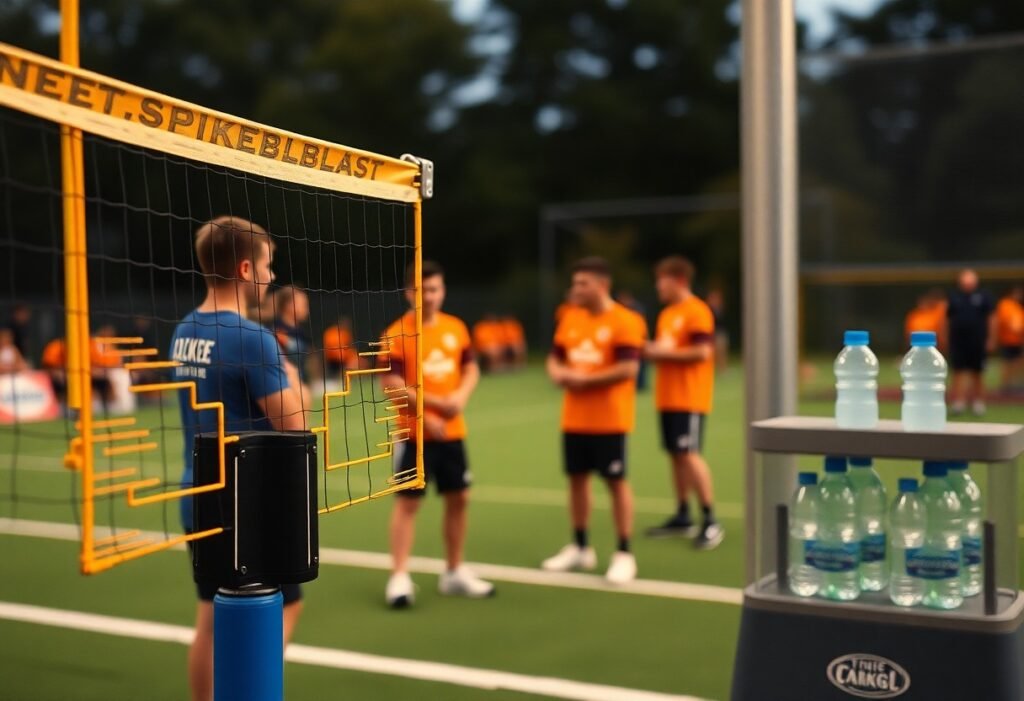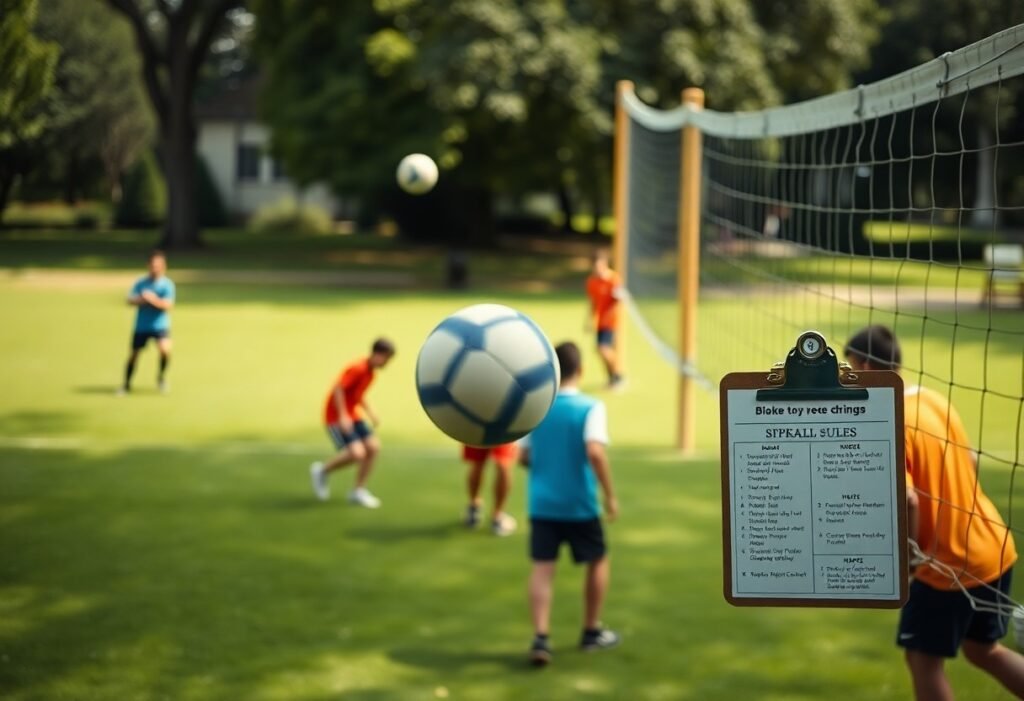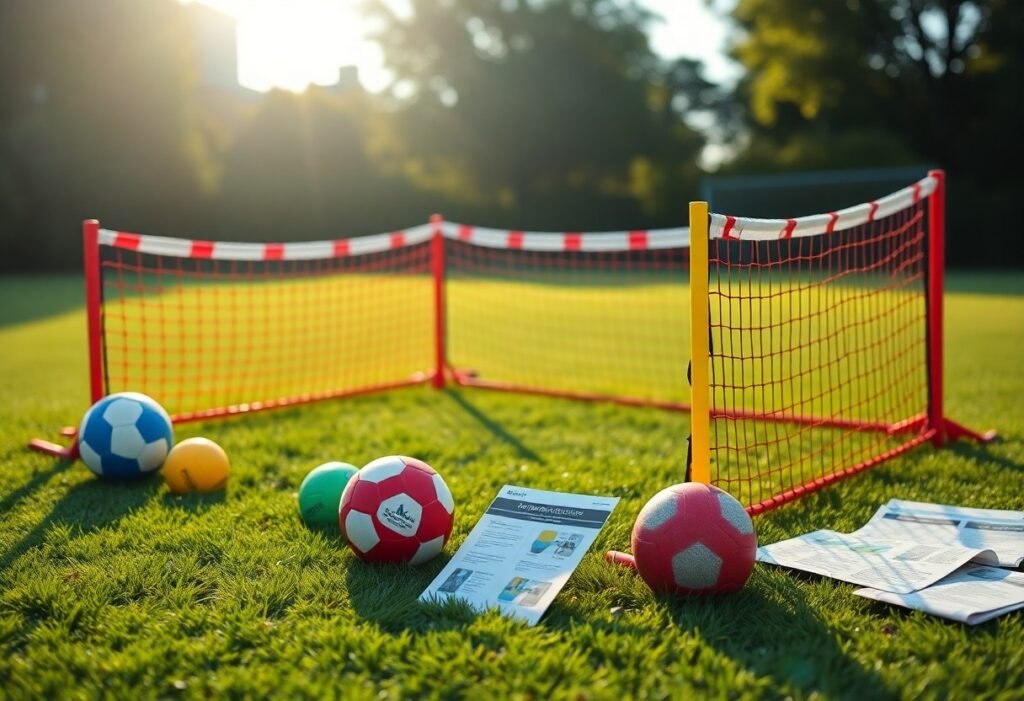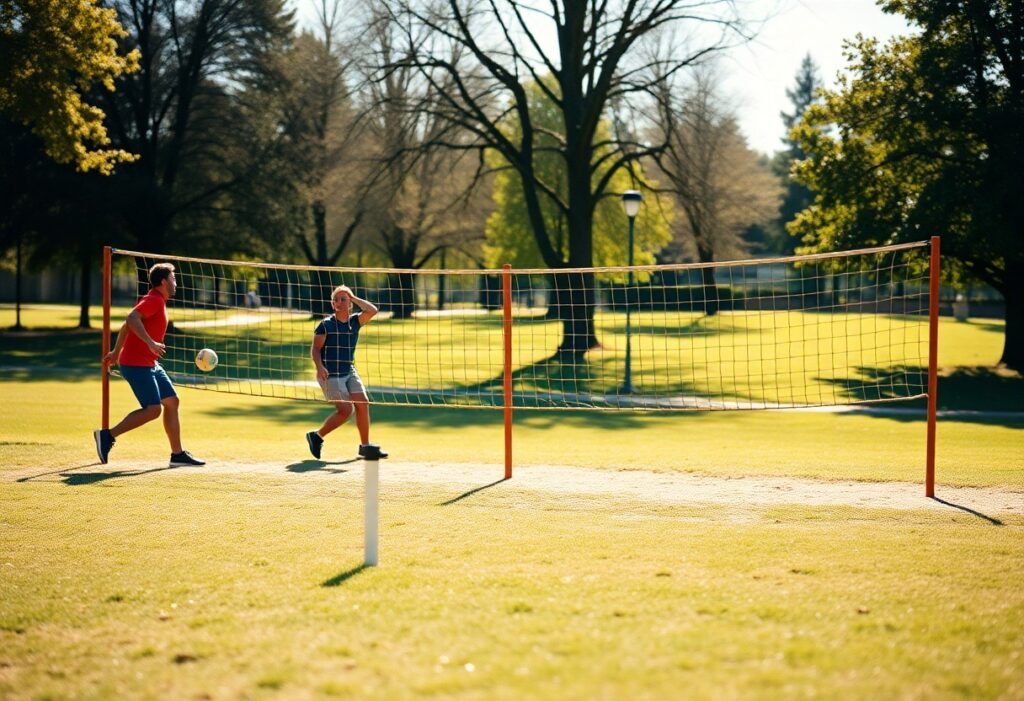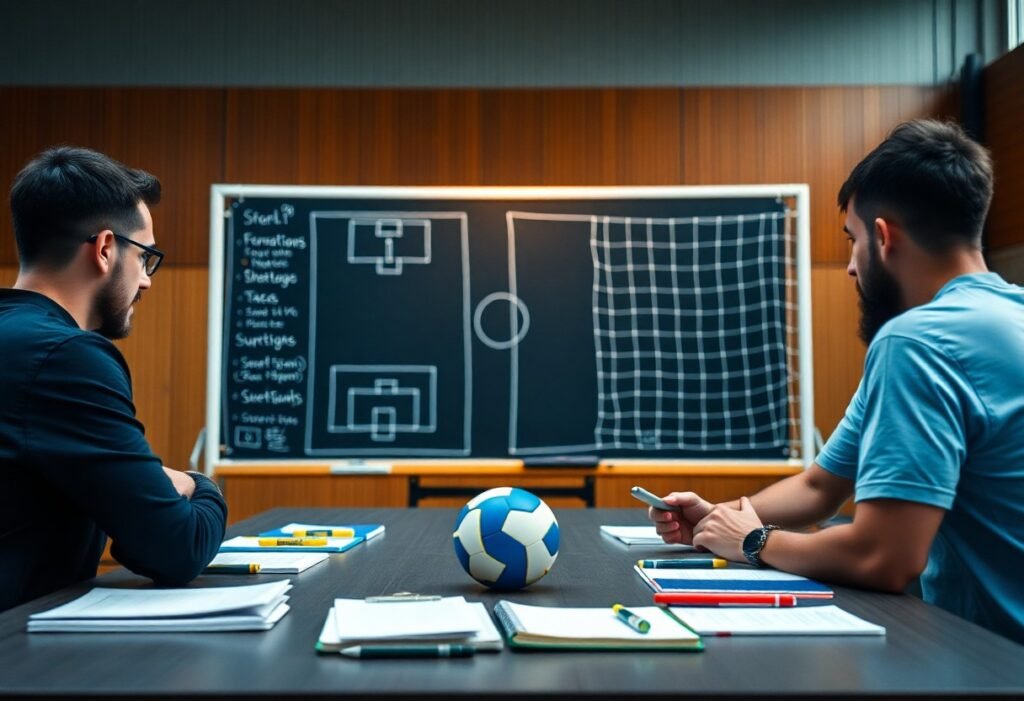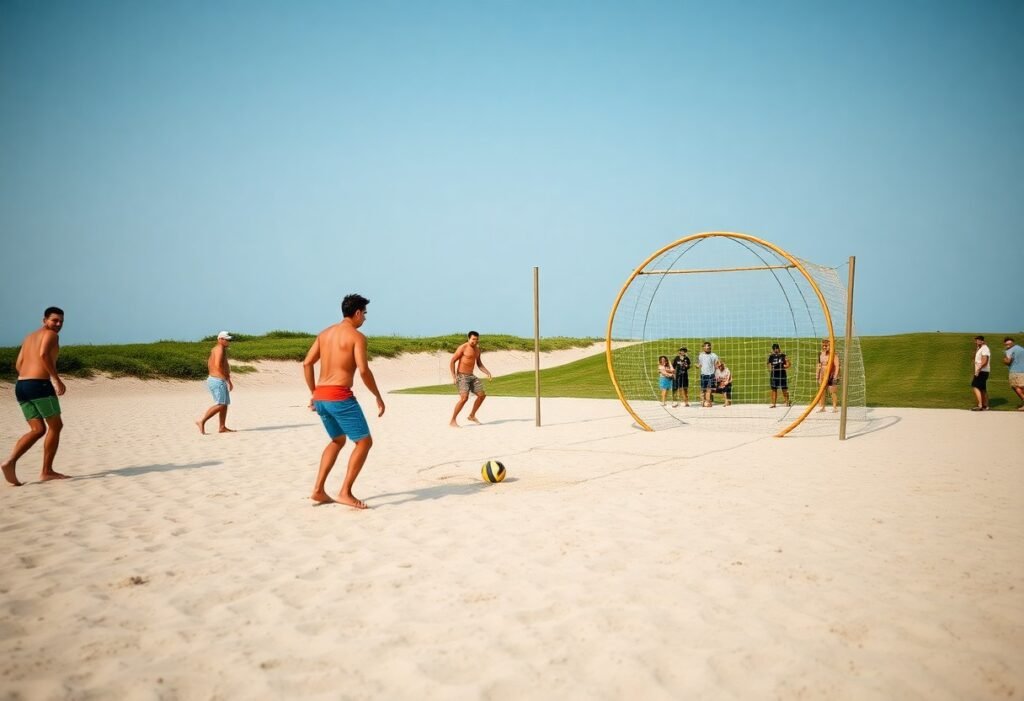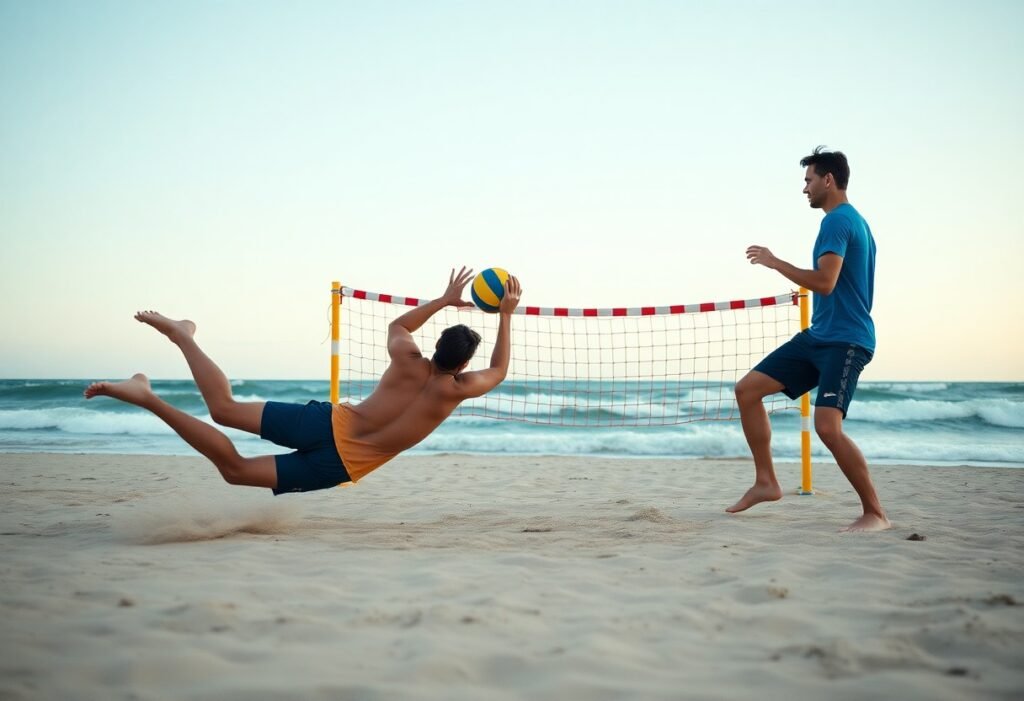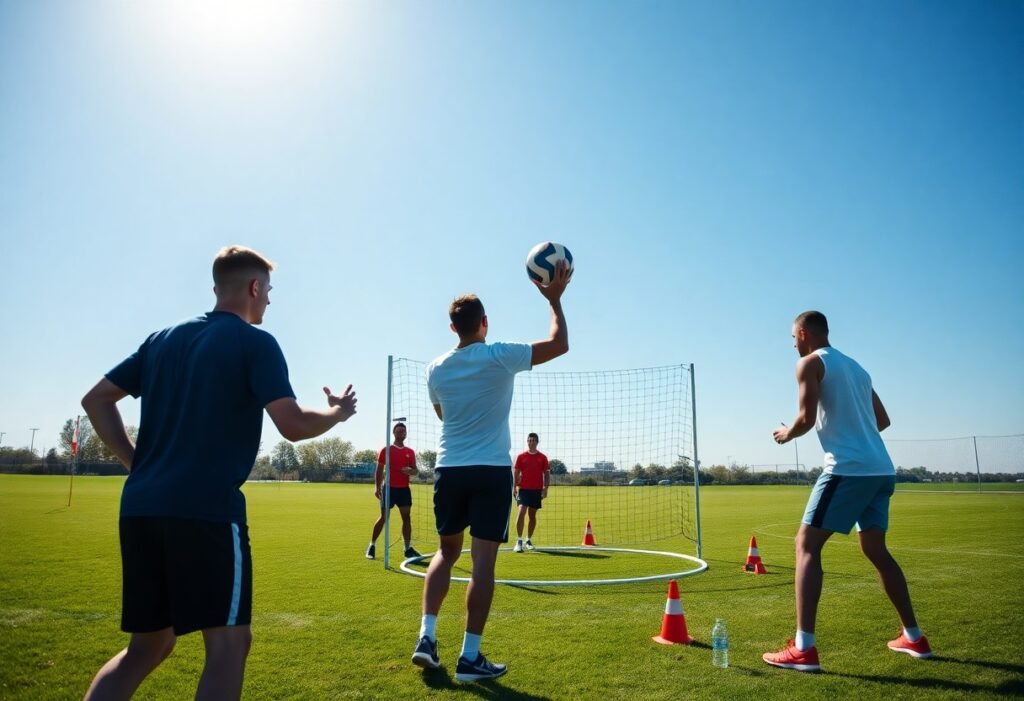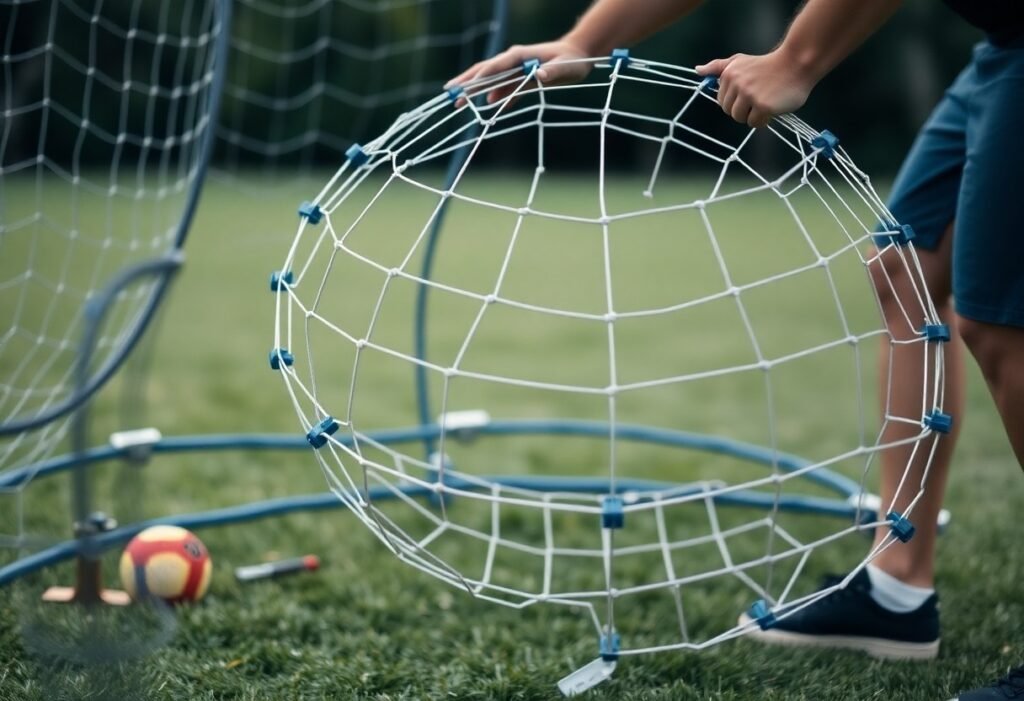There’s a thrilling world of Spikeball tournaments waiting for you, where competitive spirit and team camaraderie come together for an exciting experience. This guide will walk you through the steps to join a tournament, prepare effectively, and showcase your skills to compete against others. Get ready to elevate your game and enjoy the excitement that Spikeball offers as you look into the community and make lasting connections through friendly competition.
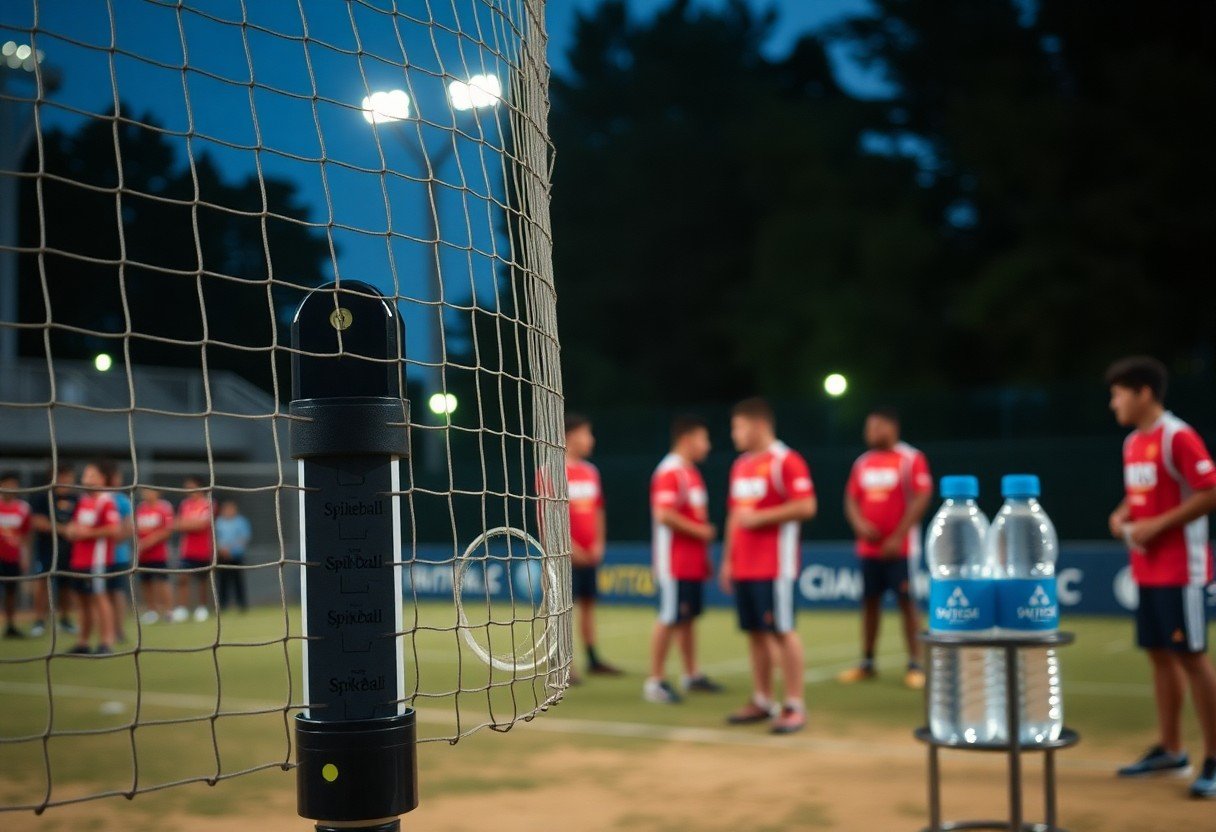
Key Takeaways:
- Understand the tournament structure and rules to ensure readiness for competition.
- Register early to secure your spot and review any prerequisites for participation.
- Practice regularly to improve skills and teamwork, increasing chances of success during the tournament.
Understanding Spikeball
What is Spikeball?
Spikeball is a fast-paced, team sport that combines elements of volleyball and four-square, played with a round net placed at ankle height. You and your partner aim to bounce a ball off the net, ensuring your opponents cannot return it. This game is both competitive and social, attracting players of all skill levels, from casual beach-goers to tournament competitors.
Equipment Needed
To play Spikeball, you need a Spikeball set, consisting of the round net, ball, and a carry bag. Additionally, a flat, open playing surface, like grass or sand, is ideal for optimal gameplay. While the equipment can be found at various sporting goods stores or online, make sure they meet official tournament standards for consistency.
The standard Spikeball set includes a durable, flexible rim for the net, a high-quality ball, and a carrying case for easy transport. This flexibility allows for various playing environments, whether you’re in a park or on the beach. For competitive play, ensure the net is properly tensioned and the ball is adequately inflated to maintain game integrity.
Basic Rules of the Game
The game starts with a serve, where you hit the ball into the net so it bounces toward your opponents. Each team has three hits to return the ball to the net, and points are scored when the opposing team fails to return it. Matches are typically played to 21 points, requiring a margin of at least two points to win.
Understanding the rules helps elevate your gameplay. The ball can be hit with any part of the body, but strategic hitting often comes from using your hands. Additionally, the serving team gets one attempt to serve correctly, and any faults—such as the ball hitting outside the net area—result in a point for the opposing team, making accuracy vital for success.
Preparing for a Tournament
Finding a Tournament
To begin your tournament journey, seek local or regional Spikeball tournaments listed on social media platforms or dedicated websites. Joining online communities is beneficial; for instance, you can check Any advice for a first-time spikeball tournament player?. Participating in these groups can lead to valuable insights, tips, and details about upcoming competitions.
Registration Process
After selecting a tournament, the next step involves completing the registration process, which often includes filling out an online form and paying a fee. Be aware of deadlines, as many tournaments fill up quickly. Securing your spot early ensures that you don’t miss out on the action.
Registration typically involves providing your name, contact details, and any team information if you’re participating with partners. Some organizers use platforms like Eventbrite or Tourney Machine for handling registrations, making it easier to monitor your status and receive updates. Ensure your payment method is ready and confirm your registration by reviewing any confirmation emails sent by the organizers.
Understanding Tournament Formats
Know the tournament format, as this impacts your strategy. Tournaments can be single-elimination, double-elimination, or round-robin, each offering different dynamics and challenges. Familiarizing yourself with these formats will help you prepare your approach.
In single-elimination tournaments, one loss can eliminate your team from competition, while double-elimination allows for one loss before being out of the running. Round-robin formats let you play against multiple teams, providing valuable experience and a wider range of opponents. Understanding these formats will shape your strategy and mindset for competition.
Team Composition
Selecting the right teammates is imperative for success in tournaments. Ideally, you and your partner should have complementary skills, whether in serving, setting, or defensive strategies. Your team’s dynamic plays a significant role in your overall performance.
Form a team that balances strengths and weaknesses across various aspects of the game. If one player excels at aggressive serving while the other is a strong defender, combining these talents can enhance overall team synergy. Additionally, practice together before the tournament; this will help you develop key strategies and communication on the court, ultimately leading to improved performance during matches.
How to Form a Competitive Team
Choosing the Right Players
Select players who complement your skills and bring diverse strengths to the team. Look for individuals with experience in Spikeball or those who excel in athleticism, reflexes, and strategic thinking. Ideally, your team should include a mix of power hitters, agile defenders, and versatile players who can adapt to different situations on the court.
Team Roles and Responsibilities
Clearly define roles within your team to maximize performance. Assign specific duties, such as designated servers, primary defenders, and roles for offensive plays. This clarity helps optimize teamwork and paves the way for effective strategies during matches.
Holding individual responsibilities reduces confusion during play. For instance, the designated server should focus on perfecting serves while defenders work on anticipating opponents’ moves. A solid understanding of each player’s strengths enables you to strategize better and create a dynamic on-court presence. Regularly reassess roles based on performance and evolving team chemistry to keep improving.
Training Together
Regular training sessions are important to build cohesion and enhance teamwork. Schedule practices that focus on drills, fundamental skills, and scrimmages to develop your synergy and communication. Consistent practice will not only improve your skills but also help you learn how to work together under pressure.
Training sessions can be a mix of skill development and friendly competition. Allocate time to work on serves, defense, and teamwork exercises, such as timed drills, which allow you to simulate tournament conditions. Evaluate each practice to determine what strategies work best and how to support one another. This foundation will boost your confidence and efficiency when matches get intense.
Tips for Tournament Success
- Practice regularly to enhance your skills and team chemistry.
- Study your opponents to identify their weaknesses.
- Communicate effectively with your team during matches.
- Stay hydrated and maintain good nutrition before and during the tournament.
- Focus on your mental game and manage nerves.
Pre-Tournament Strategies
Before the tournament, establish a practice schedule that emphasizes teamwork and specific skills, such as serving and positioning. Engage in friendly matches to simulate tournament conditions, allowing you to gauge your level of preparedness. Analyze previous tournament footage if available, and discuss game strategies with your teammates to find effective plays that suit your style.
In-Tournament Techniques
During matches, prioritize your team’s communication to ensure seamless plays. Utilize quick eye contact or signals to coordinate moves with your partner. Maintain a consistent rhythm in your serves to keep opponents guessing, and anticipate their responses for strategic positioning.
Your adaptability is key in the heat of competition. Consider adjusting tactics based on what your opponents are doing. If they’re playing defensively, switch to aggressive plays to catch them off guard. Regularly reassess your strategy throughout the match to stay one step ahead of the competition.
Mental Preparation
Focus on building a strong mental framework leading up to the tournament. Visualize successful plays and imagine yourself performing optimally under pressure. Practicing mindfulness or breathing techniques can help center you before and during matches, keeping anxiety at bay.
Approaching the tournament with a confident mindset enhances your performance. Use affirmations to reinforce your abilities, and establish a pre-tournament ritual to help you feel grounded. Emphasizing mental toughness will enable you to handle pressure more effectively and maintain your composure during critical moments of play.
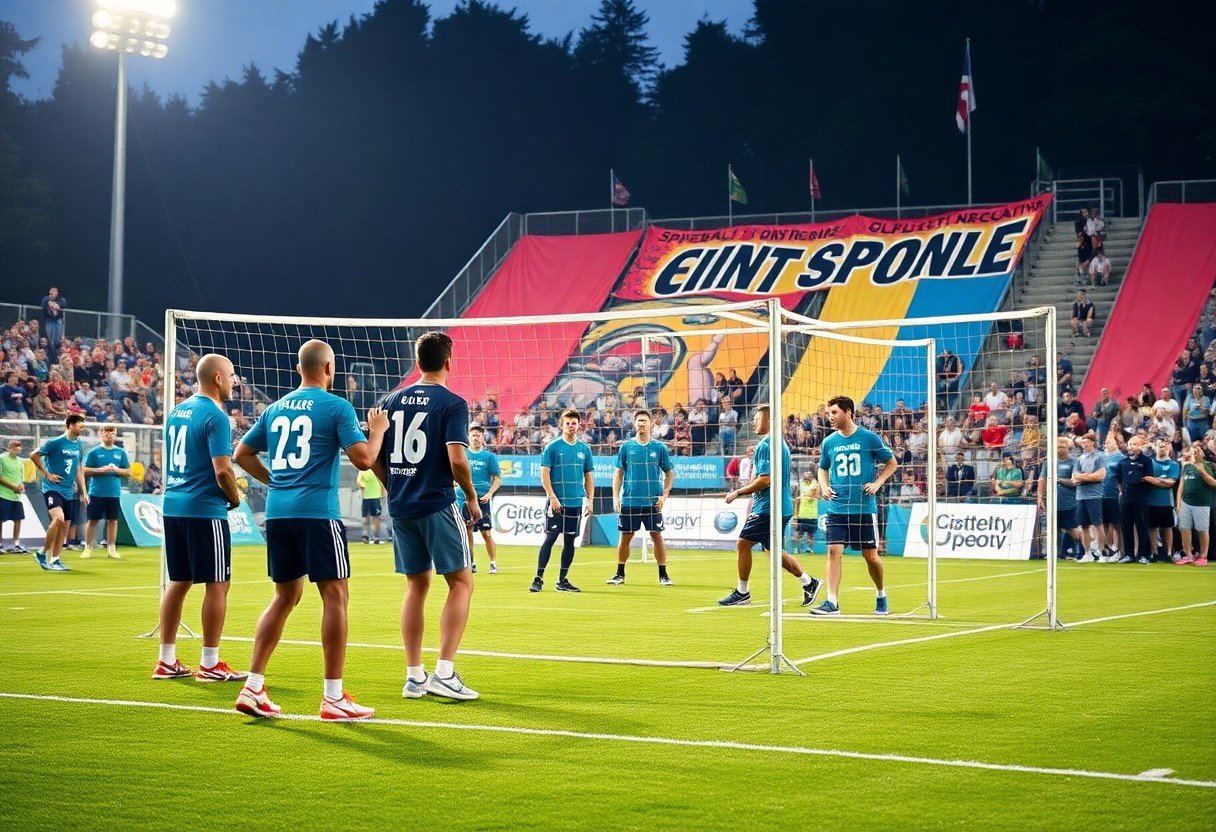
Competing in a Spikeball Tournament
Game Day Checklist
Prepare yourself for game day with a thorough checklist. Bring your Spikeball set, plenty of water, appropriate outdoor gear, and a backup for personal items like sunscreen or insect repellent. Have your team’s jerseys on hand, snacks for energy, and any necessary personal items. Arriving early allows you to set up and familiarize yourself with the environment.
Warm-Up Routines
Establishing a warm-up routine sets the tone for your performance. Focus on dynamic stretches, light jogging, and quick games to elevate your heart rate and improve muscle elasticity. Engaging in activities that mimic game movements helps you get into rhythm while minimizing the risk of injury.
Incorporate activities like lateral shuffles and quick footwork drills to enhance agility. You can also do some target practice with your partner to get comfortable with the feel and control of the ball before competition begins. This not only primes your body but also fosters teamwork, allowing you to start with a cohesive and energetic mindset.
Communication with Your Team
Effective communication on the court can make or break your game. Establish specific signals or phrases that reflect your play style before the tournament starts. Constant dialogue about positioning and strategy during the game keeps everyone on the same page and heightens your team’s performance.
Use vocal cues to indicate when you’re ready to serve or about to make a play. This ensures you both know when to switch tactics or encourage each other. Active communication fosters trust and simultaneously improves your teamwork, allowing for quicker decision-making under pressure.
Adapting to Opponents
Being adaptable against your opponents is crucial for success in a tournament. Observe their playing style during warm-ups or initial games to note strengths and weaknesses. Adjust your strategies according to their moves, whether that means focusing on defense or exploiting gaps in their formation.
Pay attention to their preferred shots and serve types. If they tend to favor certain plays, adjust your positioning and tactics to counteract them. Flexibility not only enhances your chances of winning but also helps you think strategically under competitive stress, enabling you to exploit every opportunity on the court.
Post-Tournament Reflection
Analyzing Performance
After the tournament, take time to evaluate your performance. Review key matches, focusing on your strengths and weaknesses. Consider whether your strategies worked effectively against specific opponents. This analysis will help identify areas to improve, whether in your serving accuracy or defensive positioning.
Adjustments for Future Tournaments
Implement the insights gained from your performance review to make necessary adjustments before the next tournament. Enhancing your training regimen, trying out new strategies, or working on specific skills can significantly impact your future results.
For example, if you found that quick reflexes were an issue during the tournament, dedicate specific practice sessions to drills that enhance reaction time. Additionally, if team communication was lacking, work on developing clearer signals and support strategies during practice matches. Adjustments may also involve studying new gameplay methods or experimenting with different roles within your team.
Staying Engaged in the Spikeball Community
To enhance your growth as a player, it’s crucial to stay connected with the Spikeball community. Participating in local meet-ups, online forums, or social media groups can expand your network, provide valuable feedback, and offer opportunities for practice and competition.
Engaging with the community not only keeps you informed about upcoming tournaments and events, but it also exposes you to diverse playing styles and strategies. By following experienced players and sharing your own insights, you can foster a collaborative learning environment that benefits everyone involved. This connection keeps your enthusiasm high and enriches your overall experience in the sport.
To wrap up
Considering all points, participating in a Spikeball tournament can be an exciting and rewarding experience for you. By following the steps outlined in this guide, you can easily join competitions and prepare to showcase your skills. Make sure you familiarize yourself with the rules, practice regularly, and engage with the community for valuable insights. Embrace the challenge and enjoy the camaraderie that comes with competing, enhancing both your game and your connections in this vibrant sport.
FAQ
Q: How do I find Spikeball tournaments in my area?
A: You can find Spikeball tournaments in your area by visiting the official Spikeball website, checking social media platforms like Facebook or Instagram for local events, or joining Spikeball community groups that share event information.
Q: What is the process for signing up for a tournament?
A: To sign up for a tournament, visit the tournament’s registration page online, fill out the required information, and pay any applicable fees. Be sure to check registration deadlines to ensure your spot.
Q: Are there age or skill level requirements for participating in tournaments?
A: Most tournaments have categories based on age and skill level, allowing players of all abilities to compete. Check the tournament details for specific requirements and divisions.
Q: What equipment do I need to bring to a Spikeball tournament?
A: Players should bring a Spikeball set, appropriate athletic gear, water for hydration, and any personal items such as sunscreen or snacks. Some tournaments may provide equipment, so check beforehand.
Q: How are the tournament matches organized?
A: Tournament matches are typically organized in a bracket system, with teams competing in rounds until a winner is determined. Details on match format, scoring, and time limits will be provided in the tournament rules.


